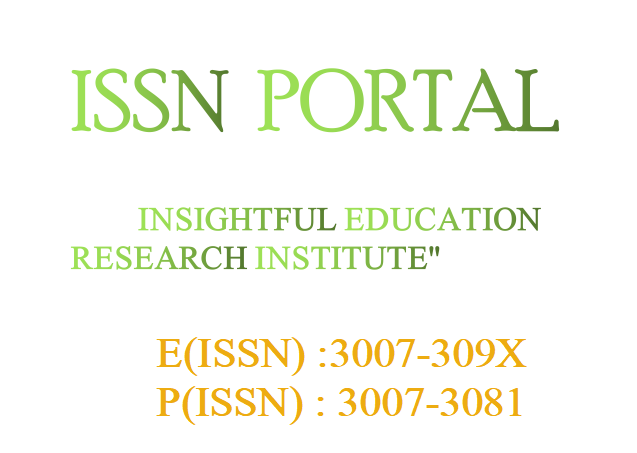BIOCHEMICAL MECHANISMS UNDERPINNING PHYSICAL THERAPY INTERVENTIONS IN STROKE RECOVERY
DOI:
https://doi.org/10.62019/dpm74c82Keywords:
Stroke Recovery, Oxidative Stress, Neuroplasticity, Gut- Brain AxisAbstract
This review explores motor function recovery after stroke, focusing on biochemical pathways and the role of physical therapy. Stroke, resulting from disrupted brain blood flow, causes cellular damage involving mitochondrial dysfunction, oxidative stress, and energy metabolism impairments. Topics include stroke types, risk factors, cardiac effects, and the gut-brain axis in recovery. Emphasis is placed on neuro-protective strategies, neuroplasticity, and physical therapy's role in enhancing recovery and brain function. Components of stroke rehabilitation, including the phases of recovery, rehabilitation modalities, and the influence of diet and nutrition, are discussed in the context of maximizing recovery. Furthermore, neuropsychiatric complications, patient engagement, and self-management strategies are highlighted. We also examine the role of neuroimaging in stroke rehabilitation and explore innovations and future trends in stroke recovery therapies.







